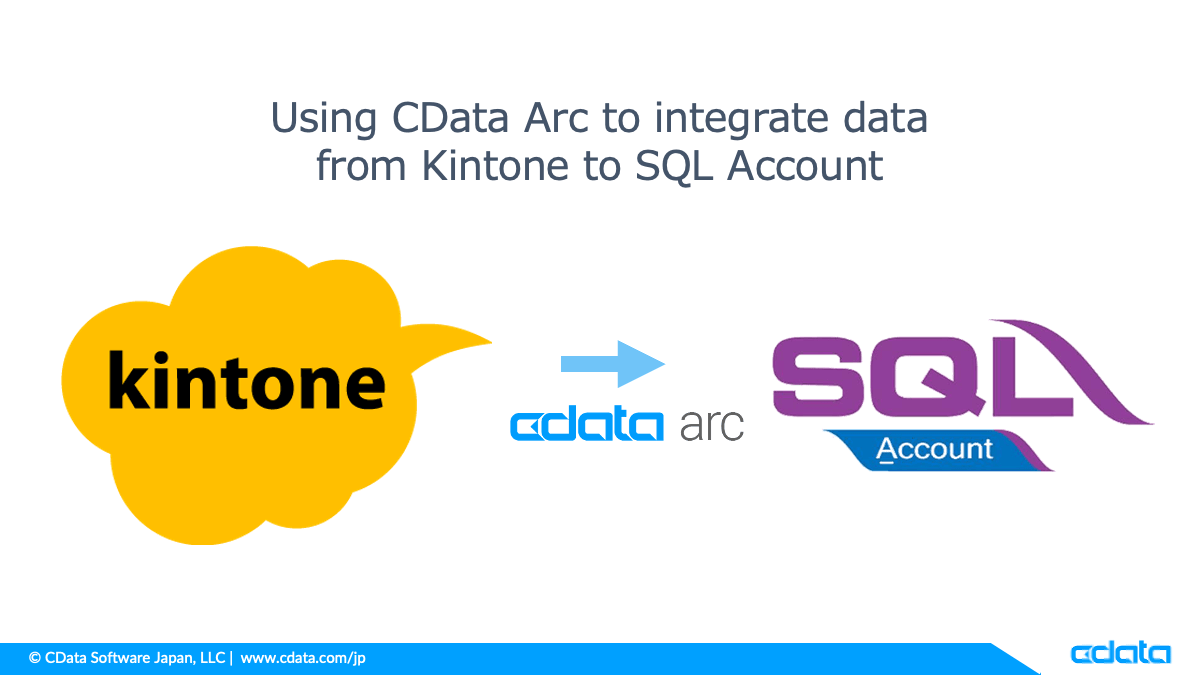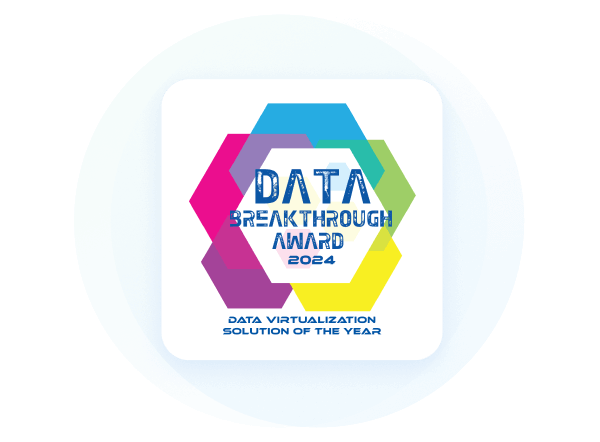Discover how a bimodal integration strategy can address the major data management challenges facing your organization today.
Get the Report →Extract, Transform, and Load Presto Data in Python
The CData Python Connector for Presto enables you to create ETL applications and pipelines for Presto data in Python with petl.
The rich ecosystem of Python modules lets you get to work quickly and integrate your systems more effectively. With the CData Python Connector for Presto and the petl framework, you can build Presto-connected applications and pipelines for extracting, transforming, and loading Presto data. This article shows how to connect to Presto with the CData Python Connector and use petl and pandas to extract, transform, and load Presto data.
With built-in, optimized data processing, the CData Python Connector offers unmatched performance for interacting with live Presto data in Python. When you issue complex SQL queries from Presto, the driver pushes supported SQL operations, like filters and aggregations, directly to Presto and utilizes the embedded SQL engine to process unsupported operations client-side (often SQL functions and JOIN operations).
Connecting to Presto Data
Connecting to Presto data looks just like connecting to any relational data source. Create a connection string using the required connection properties. For this article, you will pass the connection string as a parameter to the create_engine function.
Set the Server and Port connection properties to connect, in addition to any authentication properties that may be required.
To enable TLS/SSL, set UseSSL to true.
Authenticating with LDAP
In order to authenticate with LDAP, set the following connection properties:
- AuthScheme: Set this to LDAP.
- User: The username being authenticated with in LDAP.
- Password: The password associated with the User you are authenticating against LDAP with.
Authenticating with Kerberos
In order to authenticate with KERBEROS, set the following connection properties:
- AuthScheme: Set this to KERBEROS.
- KerberosKDC: The Kerberos Key Distribution Center (KDC) service used to authenticate the user.
- KerberosRealm: The Kerberos Realm used to authenticate the user with.
- KerberosSPN: The Service Principal Name for the Kerberos Domain Controller.
- KerberosKeytabFile: The Keytab file containing your pairs of Kerberos principals and encrypted keys.
- User: The user who is authenticating to Kerberos.
- Password: The password used to authenticate to Kerberos.
After installing the CData Presto Connector, follow the procedure below to install the other required modules and start accessing Presto through Python objects.
Install Required Modules
Use the pip utility to install the required modules and frameworks:
pip install petl pip install pandas
Build an ETL App for Presto Data in Python
Once the required modules and frameworks are installed, we are ready to build our ETL app. Code snippets follow, but the full source code is available at the end of the article.
First, be sure to import the modules (including the CData Connector) with the following:
import petl as etl import pandas as pd import cdata.presto as mod
You can now connect with a connection string. Use the connect function for the CData Presto Connector to create a connection for working with Presto data.
cnxn = mod.connect("Server=127.0.0.1;Port=8080;")
Create a SQL Statement to Query Presto
Use SQL to create a statement for querying Presto. In this article, we read data from the Customer entity.
sql = "SELECT FirstName, LastName FROM Customer WHERE Id = '123456789'"
Extract, Transform, and Load the Presto Data
With the query results stored in a DataFrame, we can use petl to extract, transform, and load the Presto data. In this example, we extract Presto data, sort the data by the LastName column, and load the data into a CSV file.
Loading Presto Data into a CSV File
table1 = etl.fromdb(cnxn,sql) table2 = etl.sort(table1,'LastName') etl.tocsv(table2,'customer_data.csv')
In the following example, we add new rows to the Customer table.
Adding New Rows to Presto
table1 = [ ['FirstName','LastName'], ['NewFirstName1','NewLastName1'], ['NewFirstName2','NewLastName2'], ['NewFirstName3','NewLastName3'] ] etl.appenddb(table1, cnxn, 'Customer')
With the CData Python Connector for Presto, you can work with Presto data just like you would with any database, including direct access to data in ETL packages like petl.
Free Trial & More Information
Download a free, 30-day trial of the CData Python Connector for Presto to start building Python apps and scripts with connectivity to Presto data. Reach out to our Support Team if you have any questions.
Full Source Code
import petl as etl
import pandas as pd
import cdata.presto as mod
cnxn = mod.connect("Server=127.0.0.1;Port=8080;")
sql = "SELECT FirstName, LastName FROM Customer WHERE Id = '123456789'"
table1 = etl.fromdb(cnxn,sql)
table2 = etl.sort(table1,'LastName')
etl.tocsv(table2,'customer_data.csv')
table3 = [ ['FirstName','LastName'], ['NewFirstName1','NewLastName1'], ['NewFirstName2','NewLastName2'], ['NewFirstName3','NewLastName3'] ]
etl.appenddb(table3, cnxn, 'Customer')






